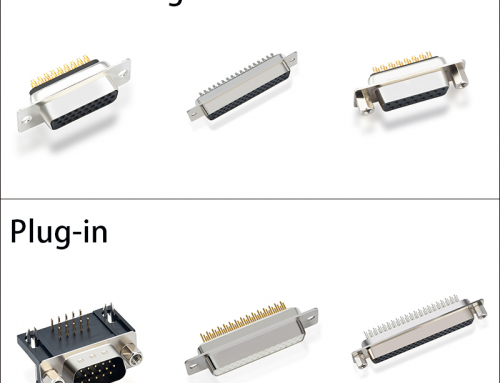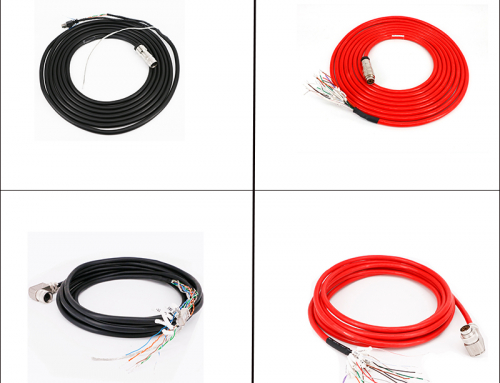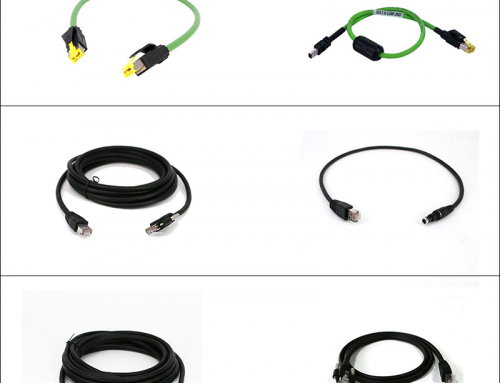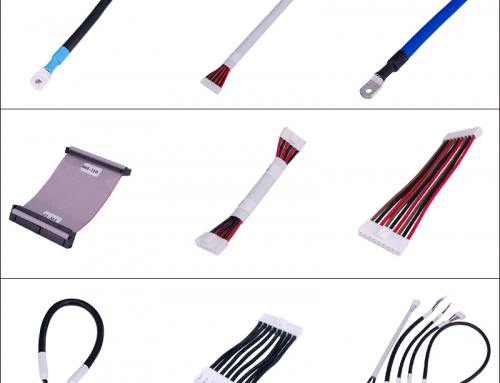Machine vision cables are the “nerves” of machine vision systems, responsible for transmitting signals between industrial cameras, lenses, data acquisition cards, industrial PCs and other devices to ensure the normal operation of the system and realize functions such as automated detection, identification and processing of products on the production line.
Performance requirements
High-speed data transmission: Machine vision systems need to collect, process and analyze large amounts of image data in real time or near real time, so cables must have high-speed data transmission capabilities. For example, CoaXPress single core can achieve 6.25G and 12.5G transmission rate.
Low latency and high accuracy: Data transmission delay will affect the accuracy of machine analysis results. Cables must ensure low latency and high accuracy of signal transmission to ensure timely and accurate transmission of image data.
Strong anti-interference ability: There is a lot of electromagnetic interference in the industrial environment. Cables must have good anti-interference ability and adopt shielding design, such as metal braided mesh, aluminum foil and other shielding layers to prevent signal distortion.
High flexibility: In applications such as robot vision, cables must bend frequently with the joints and arms of the equipment. They must have high flexibility and use special insulation and sheath materials, such as polyurethane and thermoplastic elastomers, to withstand multiple bends without breaking or damage.
Good environmental resistance: In different industrial environments, cables must be resistant to oil, corrosion, high temperature, and low temperature to extend their service life. For example, the oil pollution and cutting fluid in the automobile manufacturing workshop require oil resistance of cables.
Common types
Camera Link cable: It has high-speed and high-resolution image transmission capabilities and high data transmission rate. It can meet the needs of high frame rate and high-resolution cameras and is suitable for occasions with high requirements for image quality and transmission speed.
GigE Vision cable: Based on Ethernet technology, it can achieve long-distance transmission, theoretically up to 100 meters, widely used, and supports POE Ethernet power supply, which can reduce the complexity of wiring.
CoaXPress cable: ultra-high speed, coaxial cable design with small outer diameter, small interface size, can achieve miniaturization and high density, suitable for occasions with limited space and high transmission rate requirements.
USB cable: common and easy to use, high speed can meet 5Gbps, low CPU load, low signal delay, low power consumption, some can also be powered by USB cable, but long-distance transmission requires high-cost solutions.
IEEE 1394 cable: interface types are divided into 1394a and 1394b, which were widely used in early machine vision systems and are gradually replaced by other high-speed interfaces, but are still used in some specific devices.







